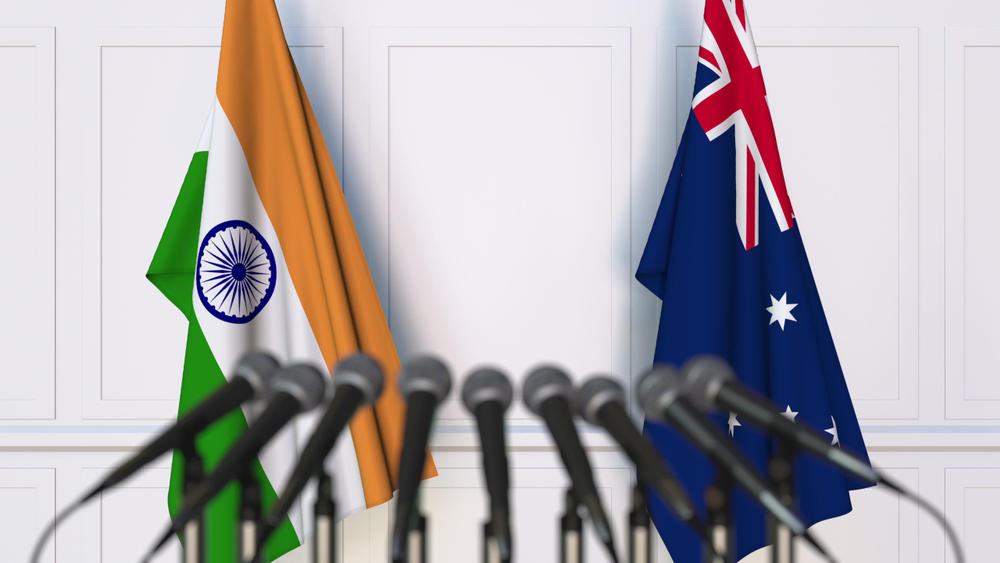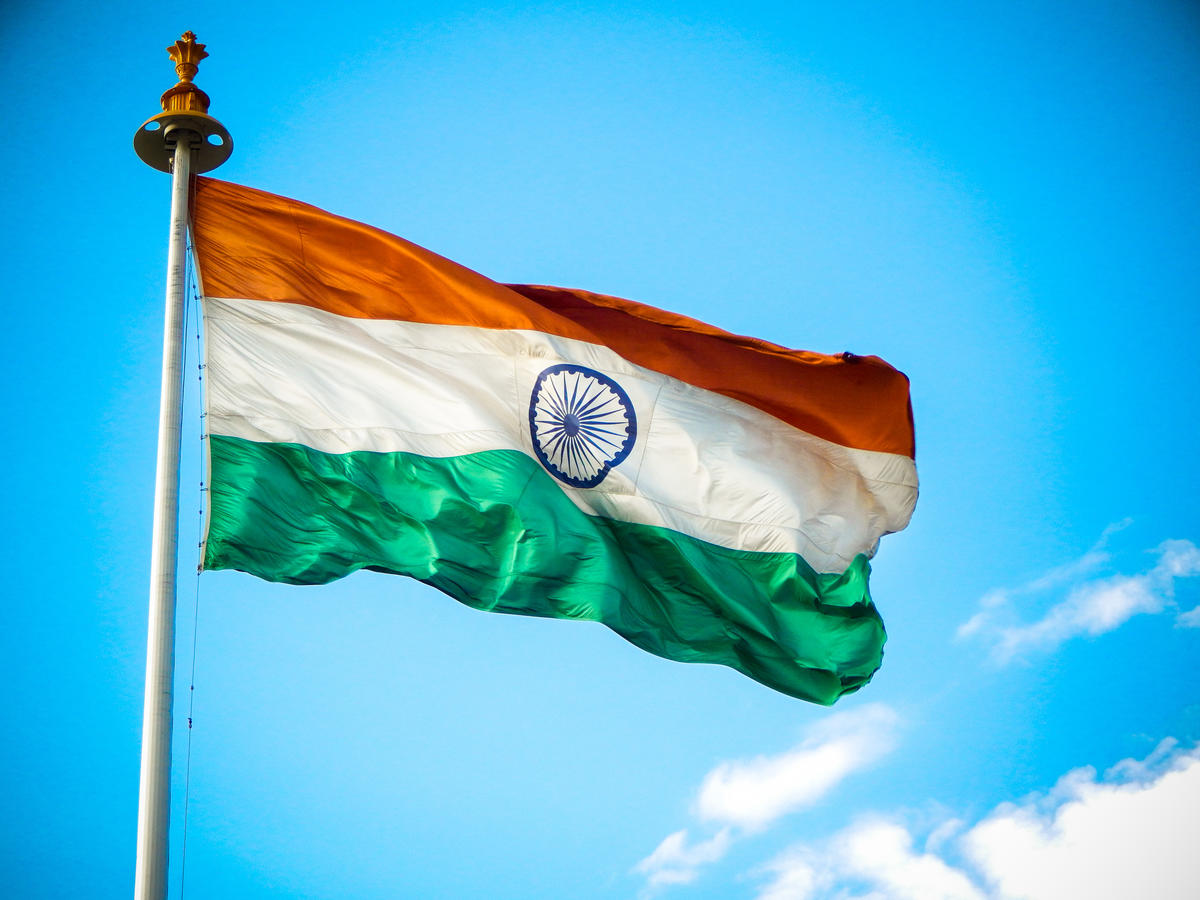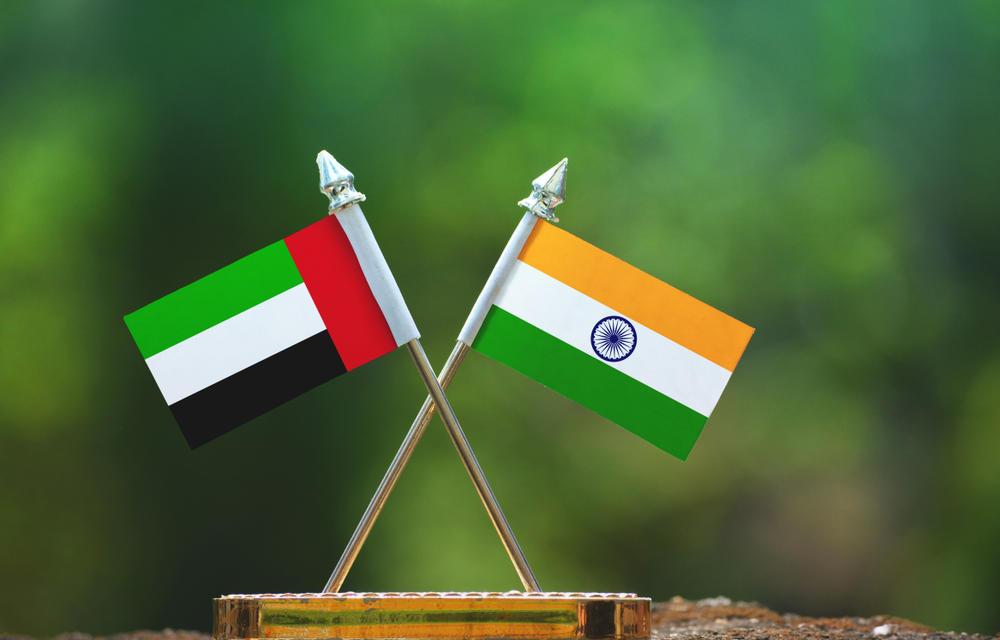Sri Lanka’s debt crisis has drastically affected its economy and led to political turmoil and public unrest. With low foreign exchange reserves, the country fell into default in May and is facing a severe liquidity shortage to pay for essential imports, such as food and fuel. Key sectors such as tourism, apparel and tea exports have been impacted amidst surging costs of commodities
Sri Lanka moves towards resolution of political crisis
Public anger has been rising against the Rajapaksa-led government over the handling of the country’s economic crisis, which has led to high food inflation and severe shortage, low medical supplies, blackouts and long queues for fuel and cooking gas.
On July 9, 2022, anti-government demonstrations that have been continuing since March took a drastic turn when protesters stormed and occupied the official residence of President Gotabaya Rajapaksa. The protesters also set fire to Prime Minister Ranil Wickremesinghe’s private residence. The two leaders stated that they will resign (Rajapaksa demits office on July 13, 2022), which will pave the way for an all-party government that will focus on reviving the economy, progressing talks with the International Monetary Fund (IMF) for financial aid and creating a debt restructure system with the country’s creditors.
The Opposition leaders met on July 9, 2022, to discuss the formation of a new government. They agreed that the Parliament’s Speaker Mahinda Yapa Abeywardena be made the Acting President, following which the House will be assembled to elect the next President from among its members and pave the way to form an interim all-party government. The next President will be elected on July 20. However, this will not be an easy choice for the main Opposition party, Samagi Jana Balawegaya (SJB), because the Rajapaksas still hold a parliamentary majority. Until July 10, 2022, it was unclear which party would be able to garner adequate support among lawmakers to succeed Rajapaksa. However, the SJB is engaging with different parties to arrive at a conclusion on how the top two leadership positions can be shared.
Impact of crisis on Sri Lanka
Sri Lanka’s Prime Minister Wickremesinghe said last month that the country’s debt-laden economy has “collapsed”. Sri Lanka only has $25 million in usable foreign reserves, which has left it without the means to pay for food and fuel imports. The country’s currency has also fallen by 80 per cent, which has made imports more expensive and worsened inflation. The Sri Lankan government also has a debt of $51 billion and is unable to make adequate payments to these loans and cover their interest payments.
- Impact on key sectors: Tourism, which is an important part of the country’s economic growth and a crucial source of foreign exchange, has taken a massive hit due to the ongoing crisis. It accounts for 12 percent of the country’s GDP. The large employment generating sector had been adversely affected by the COVID-19 pandemic and the Russia-Ukraine conflict before the economic crisis worsened the situation. Fuel shortage in the country is also affecting the apparel industry, which accounts for 44 percent of its total exports. JAAF, an apparel trade body, has warned that export earnings in the clothing sector for the June-August period can fall by 20 to 25 percent and it is likely to miss the $6 billion export target for 2022. The country’s pharmaceutical industry has also taken a hit, which has led to a shortage in essential medicines. Low forex reserves have led to a reduction in drug imports. Sri Lanka, which is a major exporter of orthodox tea, has not been able to send shipments of the commodity. Its tea factories face a huge risk of coming to a standstill due to a shortage of fuel. Tea production has also dropped by about 3 percent.
- Impact on external trade: Given the current state of the apparel industry, western brands could be adversely affected by the crisis. Nike, Calvin Klein, and Ralph Lauren usually source tops, bottoms, and jeans from Sri Lanka, especially for medium-priced items. Sri Lanka’s tea exports accounted for $1.3 billion, but the industry has taken a hit due to the crisis. Tea exports to Ukraine, Russia, Turkey, and China have fallen this year.
Indian businesses step in to fill the gap
Indian tea planters and exporters are stepping in to fulfill orders from big importers of Sri Lankan orthodox tea. Sri Lanka’s customers include Russia, Turkey, Iran and the UAE. Apparel orders from the UK, the EU and Latin America are now being diverted to India. The Lankan crisis is also impacting logistics in India, with the Mundra port emerging as the costliest port globally for standard containers for the first time this year.
Political resolution may pave the way for economic resuscitation
The road ahead for the next President is going to be rocky in the backdrop of the deteriorating economic situation. Opposition parties are also apprehensive that a possible stint in the next government could affect their chances of winning the trust of angry voters in the next elections. Once elected, the new government is expected to revisit the economic policies of the Rajapaksa government, such as the ban on agrochemicals that impacted the tea industry, accelerating the slide to the current situation. Containing the current political and economic situation is crucial for Sri Lanka, given that the IMF plans to resume a dialogue on a program to support the cash-starved country after the political crisis is resolved.
Global support for Sri Lanka
India on July 10, 2022, said that Sri Lanka is at the center of its “Neighbourhood First Policy” and asserted that it stands with the people of the country. India has delivered about $3.5 billion in aid through currency swap, financing of food, fuel, medicines and fertilizers. India has also been discussing increasing trade and connectivity with Sri Lanka. Priority projects, such as petroleum retail in Sri Lanka, development of the Trincomalee port and plans for an energy hub, a transshipment port, an airport and a heavy industries zone were discussed during an inter-ministerial meeting chaired by India’s Deputy National Security Advisor Vikram Misri on July 1, 2022.
The United States in June announced that it will provide $6 million as emergency assistance to Sri Lanka for the marginalized and vulnerable communities that have been affected by the crisis. The funding will also provide technical assistance to the Sri Lankan government as it implements financial reforms to stabilize the country. The US had also announced $120 million in loans to support medium-sized businesses in the island nation and $27 million for its dairy industry. Later in June, a high-level US delegation met Rajapaksa and discussed measures to help the country cope with the crisis. The visit came at a time when Sri Lanka announced that it will send ministers to Russia and Qatar to secure cheap oil. Later in July, the Sri Lankan President said that he requested Russian President Vladimir Putin for credit support to import fuel.
Meanwhile, China announced an aid package of $73 million for the supply of essential goods. However, Wickremesinghe had said that Sri Lanka could not get a $1.5 billion credit line from China and is yet to hear back from Beijing on the $1 billion loans. It needs these funds to repay existing Chinese loans and purchase goods.
Japan, another ally, announced earlier this month to provide an emergency grant aid of $3 million through UNICEF and the World Food Program (WFP). Japan also said that it is ready to support Sri Lanka with its economic program with the IMF. In May, Japan provided $1.5 million for essential medicines.
Australia too announced $50 million for Sri Lanka in June, following the Sri Lankan government requesting the country for aid, such as food and medicines. Australia also came forward with $15 million following the WFP launching a $60 million emergency food and nutrition assistance for three million of the most at-risk Sri Lankan nationals. The EU also said that it is assessing all available options to step up its support to the Sri Lankan population.



